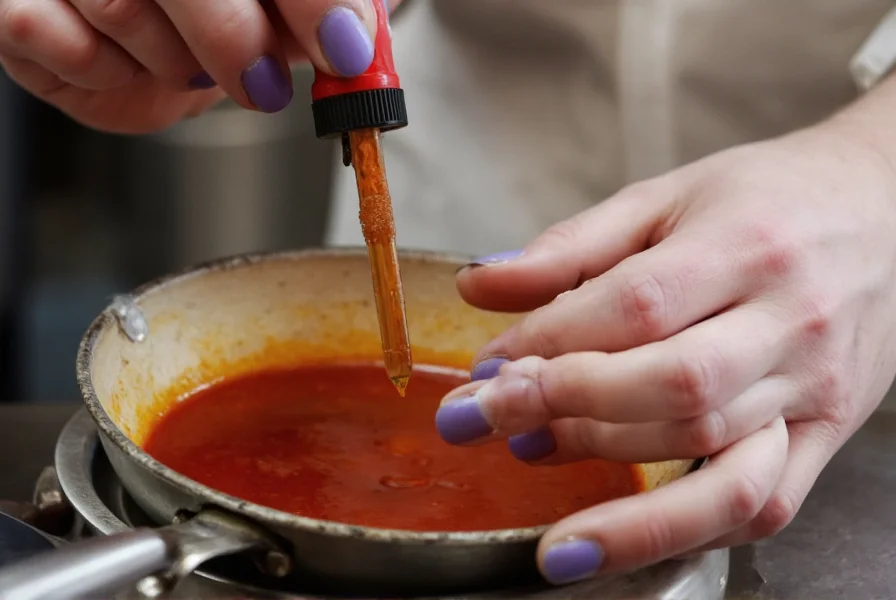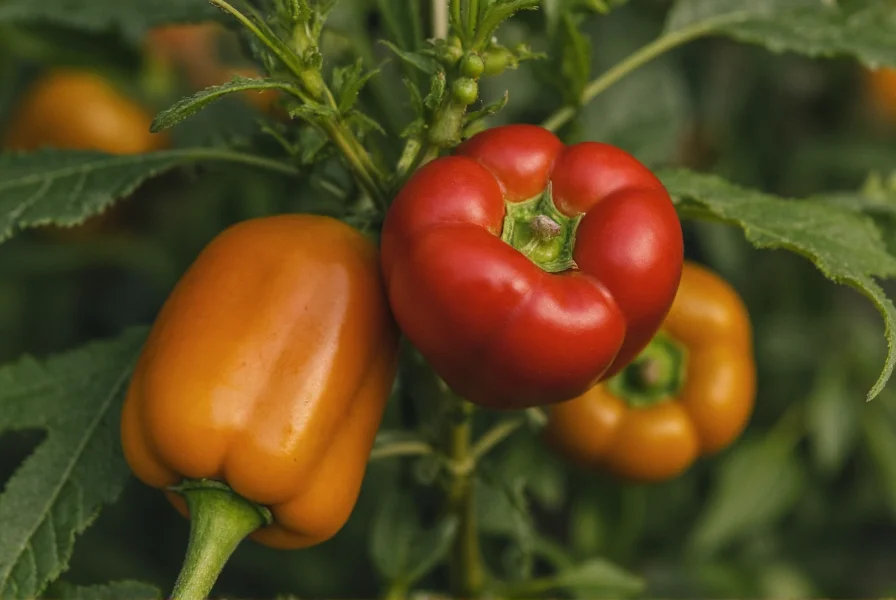For chili enthusiasts and heat seekers, understanding Pepper X goes beyond just its record-breaking Scoville rating. This comprehensive guide explores the science, history, cultivation, and practical considerations of handling the world's hottest pepper. Whether you're a gardener considering growing Pepper X, a culinary adventurer wanting to experiment with extreme heat, or simply curious about this botanical marvel, this article provides essential information grounded in verified facts.
The Science of Extreme Heat
Pepper X's unprecedented heat level stems from its exceptionally high capsaicinoid concentration—the chemical compounds responsible for a chili's burn. While most peppers measure heat in thousands of Scoville units, Pepper X enters the millions, requiring specialized laboratory testing rather than human taste panels.
Understanding Pepper X's heat requires context. The Scoville scale, developed in 1912 by pharmacist Wilbur Scoville, measures the concentration of capsaicinoids through dilution testing. Modern high-performance liquid chromatography (HPLC) provides more precise measurements, which is essential when dealing with peppers exceeding 1 million SHU.
| Chili Pepper Variety | Scoville Heat Units (SHU) | Year Certified |
|---|---|---|
| Pepper X | 3,180,000 | 2023 |
| Carolina Reaper | 2,200,000 (avg) | 2013 |
| Dragon's Breath | 2,480,000 (claimed) | 2017 |
| Trinidad Moruga Scorpion | 2,000,000 (max) | N/A |
| Habanero | 350,000 | N/A |
Development and Certification Process
Ed Currie, founder of the PuckerButt Pepper Company, spent over a decade developing Pepper X through selective breeding. Unlike many superhot peppers that emerged from accidental crosses, Pepper X resulted from a deliberate breeding program focused on maximizing heat while maintaining flavor complexity.
The certification process for Pepper X followed rigorous protocols. Multiple samples were tested by.Winthrop University in South Carolina using HPLC analysis. The 3.18 million SHU measurement represents an average of multiple mature pods, with individual specimens reaching even higher levels. Guinness World Records required extensive documentation, including growing conditions, harvest dates, and laboratory verification before officially recognizing Pepper X as the world's hottest pepper in 2023.
Growing Pepper X: Challenges and Requirements
Cultivating Pepper X presents unique challenges even for experienced chili growers. These plants require:
- Extended growing season (200+ days from seed to mature fruit)
- Precise temperature control (70-90°F during day, not below 60°F at night)
- High-quality soil with excellent drainage and consistent moisture
- Significant space (plants can reach 4-5 feet tall)
- Specialized handling protocols due to extreme capsaicin concentration
One critical consideration for Pepper X growers is the plant's sensitivity to environmental stressors. Temperature fluctuations, inconsistent watering, or nutrient deficiencies can significantly impact both yield and heat levels. Many growers report better results when starting seeds indoors 10-12 weeks before the last frost date.

Safety Considerations for Handling Extreme Heat
Working with Pepper X requires serious safety precautions that go beyond standard chili handling practices. The extreme capsaicin concentration can cause:
- Skin irritation that persists for days despite washing
- Respiratory distress from airborne capsaicin particles
- Eye damage requiring immediate medical attention
- Severe gastrointestinal distress if consumed improperly
Essential safety equipment when handling Pepper X includes nitrile gloves (latex provides inadequate protection), safety goggles, and respiratory protection. Many experienced handlers recommend working in a well-ventilated area or using a fume hood. Never touch your face or other body parts while handling superhot peppers, and always wash hands thoroughly with soap and water after handling—even when wearing gloves.
Culinary Applications and Flavor Profile
Despite its extreme heat, Pepper X offers more than just burn. When used appropriately, it delivers a complex flavor profile with:
- Initial sweet, fruity notes reminiscent of tropical fruits
- Floral undertones that emerge after the initial heat subsides
- Long-lasting warmth that evolves over 15-20 minutes
- Subtle earthy notes in properly matured specimens
Chefs and hot sauce makers typically use Pepper X in highly diluted forms. A single drop of Pepper X extract can flavor an entire batch of hot sauce. The key to using Pepper X successfully is understanding that less is exponentially more—most consumers should never handle the raw pepper directly but rather enjoy its flavor through professionally prepared products.

Where to Find Pepper X Products
Due to the specialized growing requirements and safety concerns, fresh Pepper X peppers remain relatively rare. However, several products featuring Pepper X are available:
- Commercial hot sauces (typically blended with other ingredients)
- Capsaicin extracts for industrial or research purposes
- Dried flakes or powders from specialty retailers
- Seeds for cultivation (sold with safety warnings)
When purchasing Pepper X products, look for reputable vendors who provide clear usage instructions and safety information. Many legitimate sellers include detailed warnings about proper handling and consumption guidelines. Exercise caution with products making extraordinary claims about heat levels, as the market contains mislabeled or misrepresented superhot peppers.
Responsible Consumption Guidelines
If you decide to experience Pepper X, follow these responsible consumption practices:
- Start with minuscule amounts—literally a toothpick tip of sauce
- Have dairy products (milk, yogurt) readily available to neutralize capsaicin
- Never consume on an empty stomach
- Avoid alcohol as a remedy (it spreads capsaicin rather than neutralizing it)
- Have a plan for managing potential adverse reactions
- Never challenge others to consume extreme peppers
Medical professionals warn that consuming superhot peppers like Pepper X can trigger severe reactions in susceptible individuals, including stomach ulcers, breathing difficulties, and in rare cases, more serious complications. Those with gastrointestinal conditions, heart problems, or respiratory issues should avoid extreme peppers altogether.
Final Considerations
Pepper X represents the current frontier of chili pepper heat, but its extreme nature demands respect and caution. While the pursuit of ever-hotter peppers continues, responsible engagement with superhot varieties like Pepper X requires understanding both their botanical significance and potential risks. Whether you're growing, handling, or consuming these extreme peppers, prioritizing safety and informed decision-making ensures a more positive experience with these remarkable botanical specimens.
As with any extreme substance, the key to enjoying Pepper X lies in understanding its properties, respecting its power, and approaching it with appropriate precautions. The future of superhot peppers will likely bring new challengers to Pepper X's title, but for now, it stands as the verified pinnacle of chili pepper heat.











 浙公网安备
33010002000092号
浙公网安备
33010002000092号 浙B2-20120091-4
浙B2-20120091-4